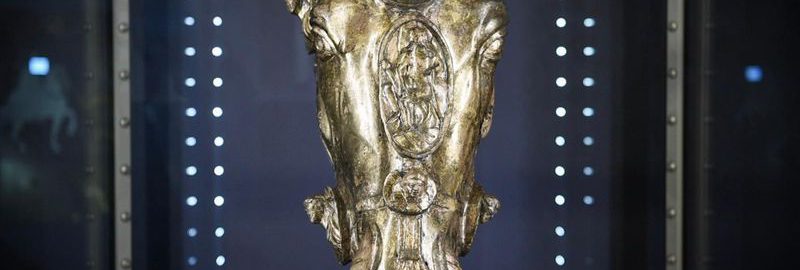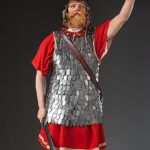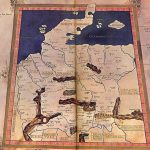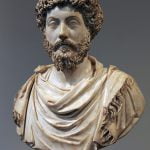At the beginning of our era, in the middle of the market in the ancient Waldgirmes center (near today’s Frankfurt in Germany), there was a monumental bronze sculpture showing Augustus on horseback. It was a confirmation of the Romans’ presence in distant Germanic lands. Scientists suspect that the statue could weigh up to 400 kg.
However, only the head of the horse and small fragments of the sculpture have been preserved. The head itself weighs approx. 25 kg. However, based on these remnants, scientists lead bold speculations. Until 1993, it was believed that the Romans relied their relationships with the Germanic tribes on the border (during the reign of Augustus) mainly on military trips to foreign lands. A tragic disaster in 9 CE in the Teutoburg Forest, where 3 Roman legions were slaughtered, it is considered as a moment of abandonment of further expansion and lands beyond the Rhine.
As it turns out, however, the discovered artifacts prove that the Romans traded and lived with the Germans for years. At the moment, archaeologists will try to find traces of the Roman barracks and the Roman military presence in the center. However, wooden structures from the 4 BCE prove that the center was an extremely thriving place. There were residences in the Roman style, workshops producing ceramics or wooden elements, a forum in the Roman style. There were also 5 pedestals, on which there were once statues (including the aforementioned Augustus sculpture on horseback).
The head of the horse was found at the bottom of a 10-meter well in 2009 and denies that the Romans carried out only invasions on the German lands behind the Rhine. Although we do not know exactly what was the reason for throwing a part of the sculpture into the well, it seems that it resulted from the exacerbation of Roman-German relations. Certainly the Romans’ defeat forced them to leave the center and probably also burn the remains so that they would not fall into German hands.
According to archaeologists, the head of the horse has been restored and exposed to the public at a local museum.








